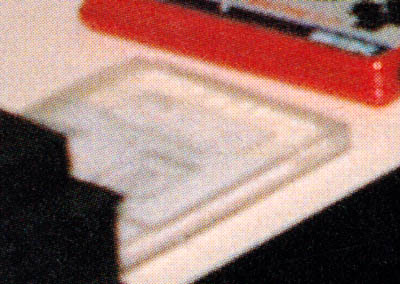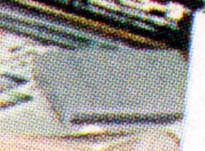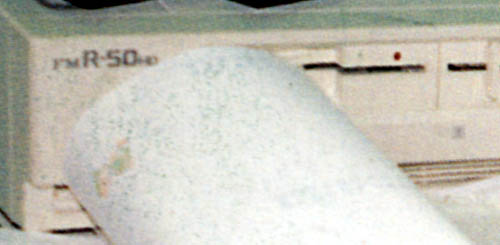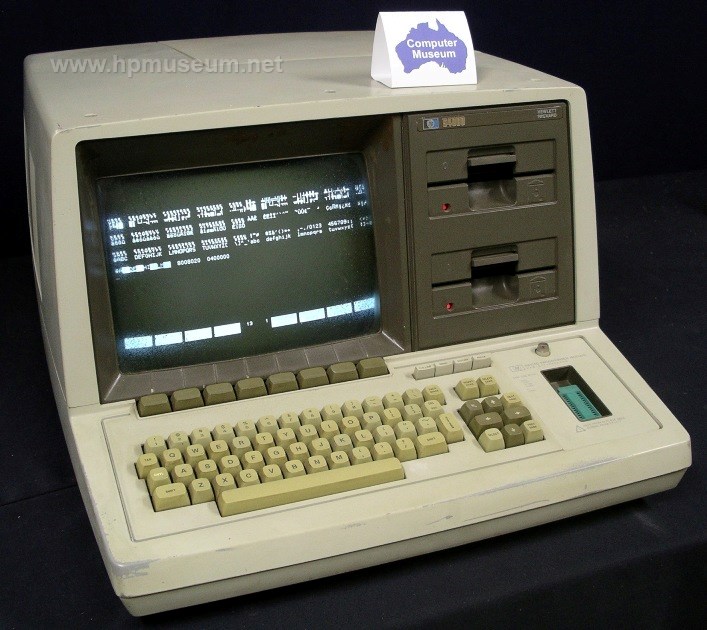|
| 社会科 はこばれてくるしくみシリーズ―11 ファミコンゲームの主役たち ゲームソフトの制作と流通 ● ● 監修 慶応義塾大学教授 鴫口充輝 文 村田栄一 PHP研究所 |
Social Studies "Step-by-Step Process" Series
11 The Stars of Famicom Games Game Software Production and Distribution Editor Futsuaki Shimaguchi, Professor, Keio University |
| ●目 次● スーパーマリオの生みの親にいろいろきいたぞ…………2 ファミコン企画室に侵入してみた…………………………6 おしゃべりやあそびもゲームをつくるのにたいせつ……8 基盤をつくる工程……………………………………………12 頭の中はコンピューターのリズム…………………………14 成型をつくる工程……………………………………………16 主人公たちの動き方もくふうする…………………………18 ゲーム機をつくる工程………………………………………20 作戦変更をまとめる役目……………………………………22 DISKをつくる工程………………………………………24 ゲームは全部写して調べる(検品)…………………………26 海外への出荷がふえた(出荷)………………………………28 デパートのファミコン売り場………………………………30 ニューヨークのこどもたちもファミコン大好き…………32 NESをつくる工程と検品…………………………………34 世界の人たちにむけて出発…………………………………36 |
Table of Contents |
Below they show the desk and chair that Miyamoto sits at every day
|
|
|||||||||||
|
|||||||||||
And here's his desk with lots of interesting things to see! He's got games in development all around his desk, and some tantalizing design documents sitting on his shelves.
 |
LET'S PLAY "SPOT
THE CLOSE-UP!" |
|
|||||||||||
|
|||||||||||
Apparently Miyamoto doesn't care that he's posing for a kids' book as he lights up for a smoke.
 |
LET'S PLAY "SPOT
THE CLOSE-UP!" |
Here, the calendar (and Miyamoto's schedule book
& Game Boy) indicates that the photo was taken in July 1989. (1989
because of the arrangement of the dates.) |
|
|||||||||||
|
|||||||||||
Here's Takashi Tezuka (A.K.A. "Ten Ten"), director and designer, consulting with Miyamoto. If you look at the items above their desks, like the fan, manga, and mini-speakers, you can see that Tezuka's and Miyamoto's desks are back-to-back.
|
LET'S PLAY "SPOT
THE CLOSE-UP!" |
||
Naughty you, Tezuka! You've got a nifty little Sega
Mega Drive collection going, including Altered Beast (twice), Super
League, Osomatsu-Kun, and Phantasy Star II. |
|||
This could also be a proto... or not. |
|||
|
|||||||||||
|
|||||||||||
Tezuka shows off the workstation used for designing Famicom graphics. Wow, one can see from pictures on the web that he's really gotten chubby recently.
|
LET'S PLAY "SPOT
THE CLOSE-UP!" |
||
Oddly, he's looking at a March
4, 1988 copy of Famitsu, turned to the Winter CES page. I wonder
if he's getting inspiration from some U.S. game covers... |
|
|||||||||||
|
|||||||||||
For some reason they jump to the factories on the next two pages. Perhaps half a dozen pages of only bespectacled men gets boring or something?
|
|
|||||||||||
|
|||||||||||
Koji Kondo, composer of Mario, Zelda, and many others. He's got a lot of cool musical stuff in his room, but it must be disheartening to be an accomplished musician but still have to dress in Japanese engineers' blues.
 |
LET'S PLAY "SPOT
THE CLOSE-UP!" |
What's that EPROM socket thing doing in Mr. Kondo's studio, eh? Hmmm? WELL, that's a SPC-700 (SFC's audio CPU) ICE hardware emulator made by Mitec, sitting atop a Sony NEWS computer workstation. These devices are how Mr. Kondo would compose music and upload them to the actual audio hardware for a listen. |
|
|||||||||||
|
|||||||||||
These are the machines that build the outer Famicom casing (it says), but all I see are large plastic bins...
|
|
|||||||||||
|
|||||||||||
Spindly arms and bad hair can only mean you've entered the programmers' lair. Toshihiko Nakago (alias "Nakazoo") is probably the lead programmer of this motley crew.
|
LET'S PLAY "SPOT
THE CLOSE-UP!" |
||
These men are using HP 64000 mainframe computers (circa 1979) to do their programming on. These computers could share data and processing on a network, could burn EPROMs using a built-in burner board, and could even run 6502 emulation with diagnostic hardware and software. An interesting (if depressingly archaic) method of development. |
|
|||||||||||
|
|||||||||||
| Continued on Page 2 |





























